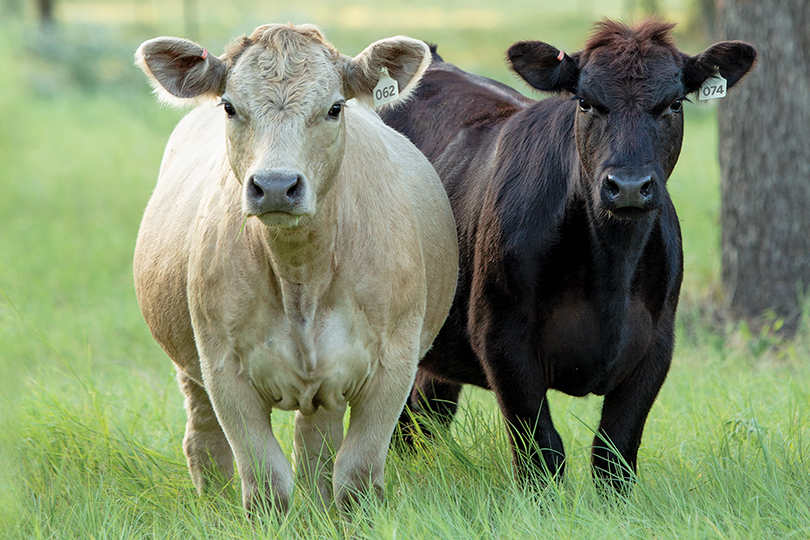By Jessica Domel
Multimedia Reporter
To ensure its goal of increasing demand for U.S. beef is met, the Beef Industry Long-Range Task Force recently unveiled its plan for 2021 through 2025.
The long-range plan establishes a common set of objectives and priorities to ensure the long-term prosperity of the beef industry.
“We want beef to be the protein of choice, and we want the entire U.S. beef industry to be trusted and respected for its commitment to quality, safety and sustainability,” Kim Brackett, leader of the task force and a rancher from Idaho, said. “The task force invested many hours, discussing the current state of the industry and what we need to accomplish over the next five years. We feel we’ve established some important priorities and strategies, as well as benchmarks for success that will help keep our industry on track through 2025 and beyond.”
One of the four industry objectives in the new plan include growing global demand for U.S. beef by promoting beef’s health and nutritional benefits, satisfying flavor and unparalleled safety.
Other objectives include improving industry-wide profitability by expanding processing capacity and developing improved value-capture models and making traceability a reality in the U.S. beef industry.
The long-range plan also includes intensifying efforts in researching, improving and communicating U.S. beef industry sustainability.
“I think of these four objectives as the corner posts for the long-range plan,” Brackett said.
The new plan includes two new strategies and four that are similar to those in the last plan.
Driving growth in beef exports and growing consumer trust in beef production are two of the strategies.
Others include developing and implementing better business models to improve price discovery and value distribution across all segments and promoting and capitalizing on the multiple advantages of beef.
The final two strategies are to improve the business and political climate for beef and to safeguard and cultivate investment in beef industry research, marketing and innovation.
“You will notice that this plan includes some strategies the policy division can tackle, some strategies that are in the checkoff wheelhouse and other strategies that will likely need to be championed and led by groups of producers, for-profit companies or other stakeholders,” Brackett said. “Whether you’re a committee member, a producer or an allied industry, as you read through this plan, I’m hoping that you find strategies and initiatives that you can support over the next five years.”
Brackett said the task force feels it has established important priorities and strategies, as well as benchmarks for success that will help keep the beef industry on track through 2025 and beyond.
“We’ll measure the plan’s success by tracking key metrics for each core strategy,” Brackett said. “For example, one of the measures for the core strategy, ‘to drive growth in beef exports,’ will be to grow the value of U.S. beef exports as a percent of total beef value to 21 percent by 2025.”
The long-range plan task force encourages beef industry businesses and organizations to use the plan as input for their own strategic decision-making processes.
The beef checkoff and its contracting organizations use pieces of the plan as their guidebook for the coming years.
All funding decisions and focus areas of checkoff projects and programs must follow the key areas outlined in the plan that align with checkoff budget categories: promotion, research, consumer information, industry information, producer communication and foreign marketing.
Since 1995, industry leaders have gathered to develop an aligned, comprehensive plan with the goal of increasing consumer demand for beef. These leaders are brought together to study and compile major areas of opportunity facing beef over the next five years.
To produce the new long-range plan, the task force met several times over the past year, in person and online, to evaluate the previous five year plan and determine, based on industry trends and insights, where the industry should maintain or shift its focus over the next five years.
The task force was made up of representatives from various aspects of the beef industry.
Two Texans were on the task force: Donnell Brown of R.A. Brown Ranch in Throckmorton and Paul Defoor of Cactus Feeders in Amarillo.
To view the complete Beef Industry Long-Range Plan, a plan summary or get more information, visit beeflongrangeplan.com.

